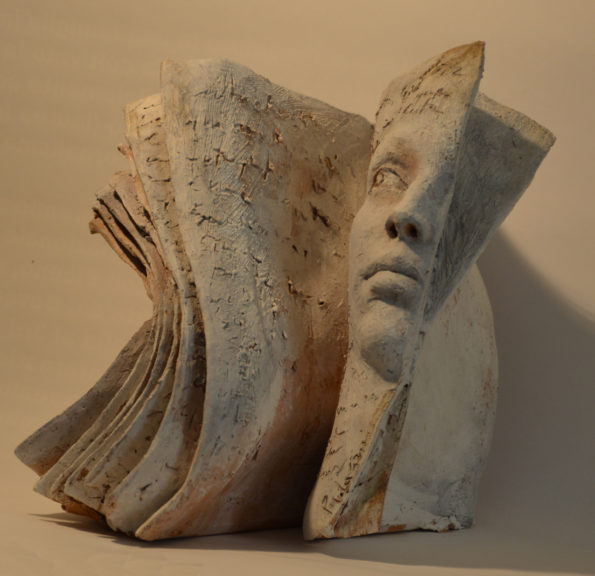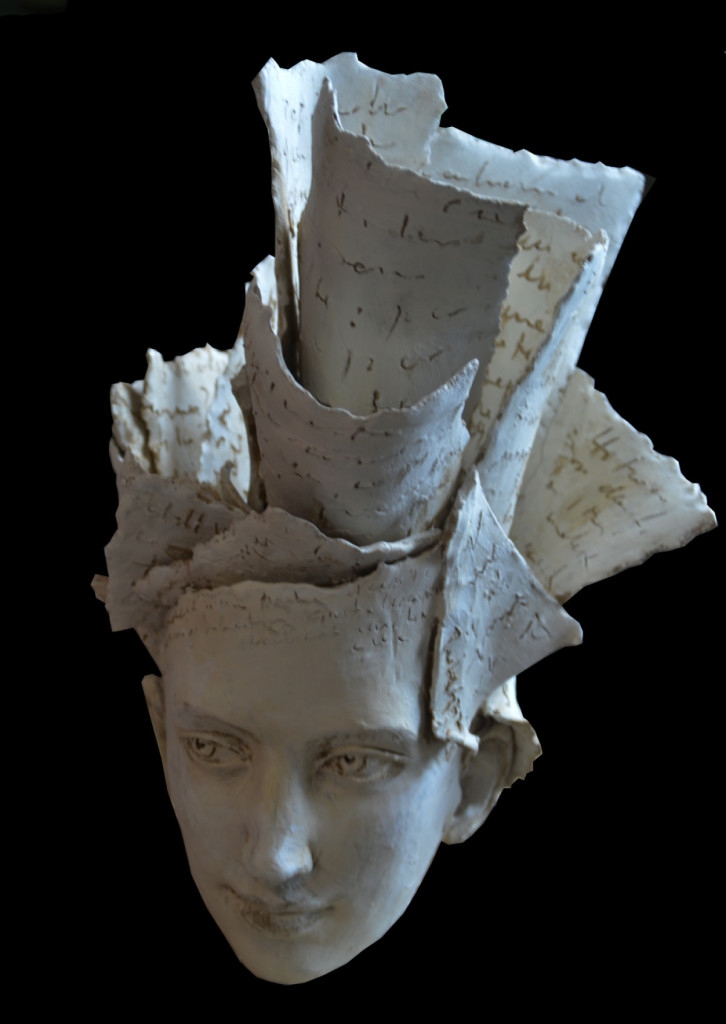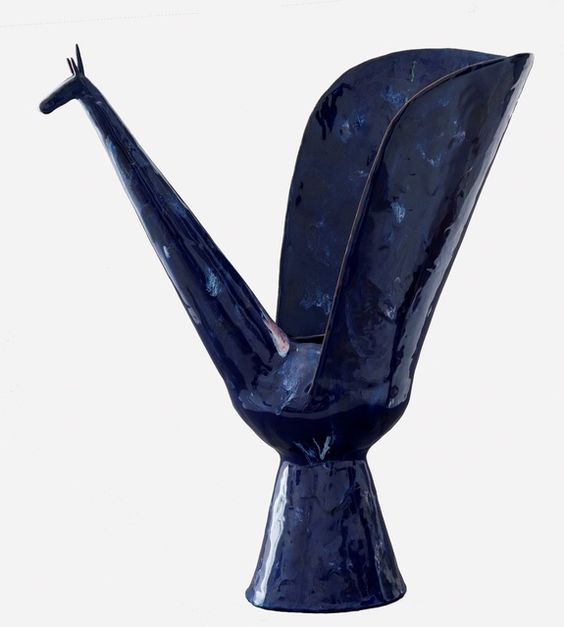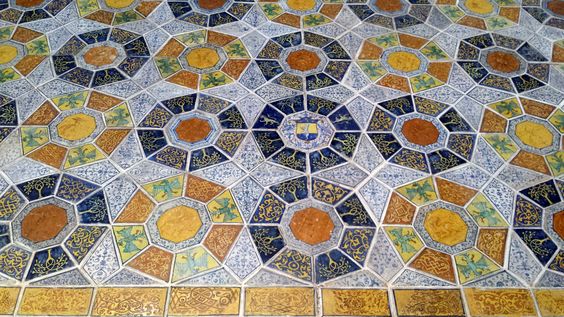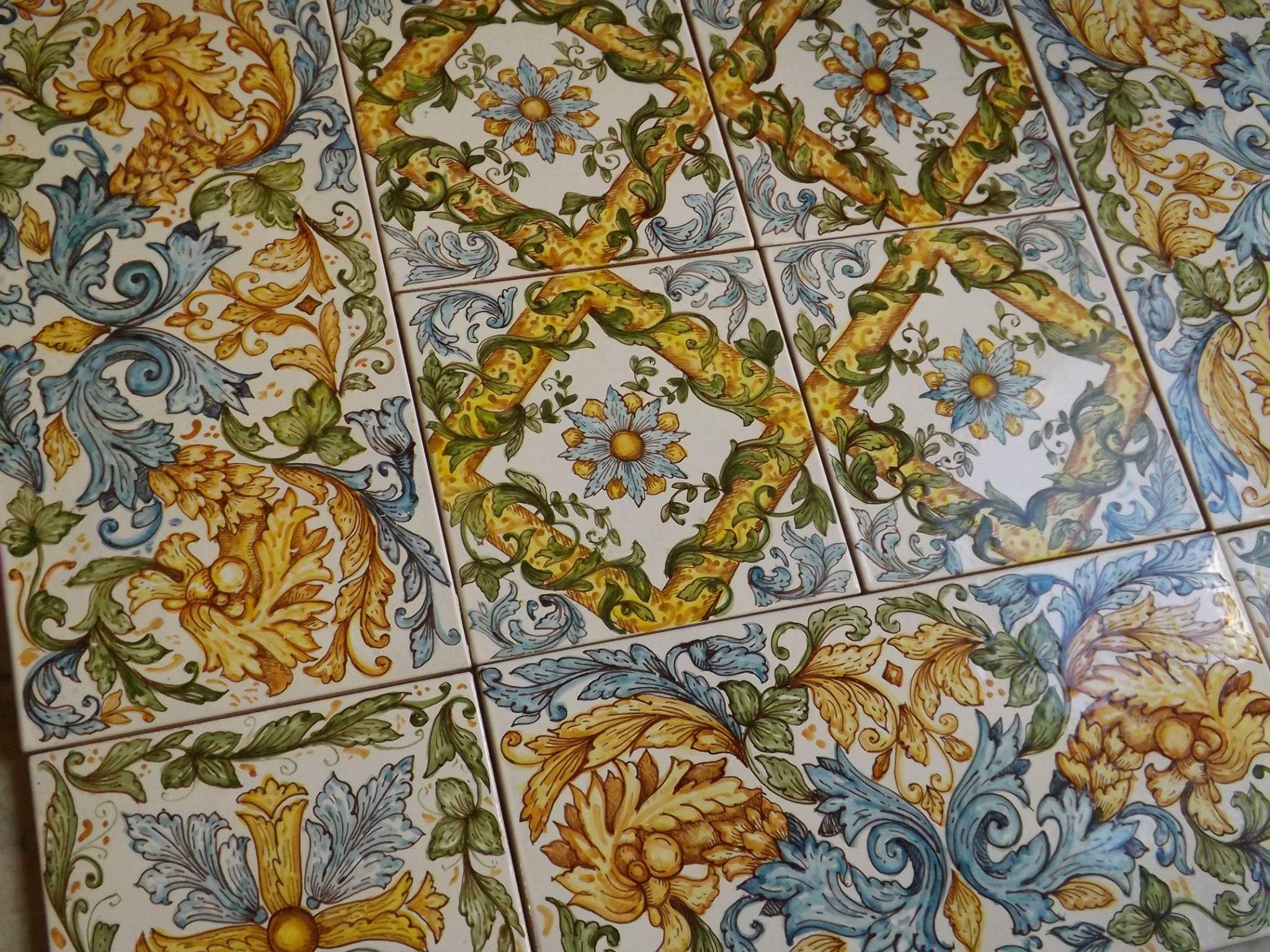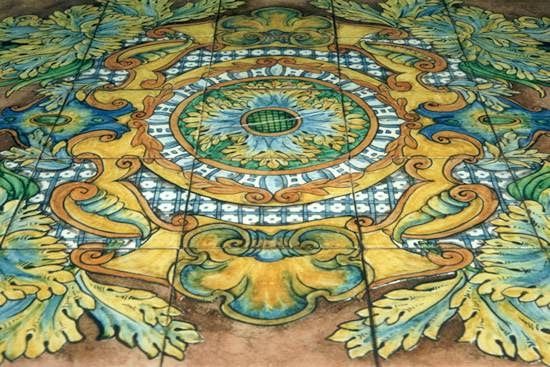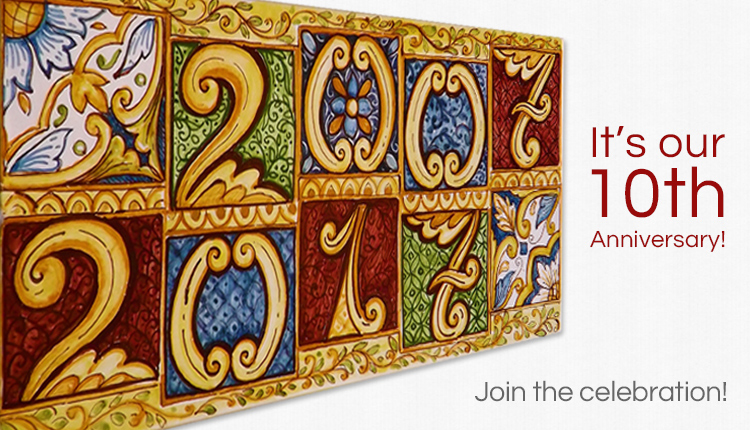
A story of friendship, pottery, and good food
It all began on a perfect Summer day in the Umbrian countryside, with us,  Manuela and Tiziana, having a cup of coffee under a shady patio and chatting away about our latest discoveries in pottery.
Manuela and Tiziana, having a cup of coffee under a shady patio and chatting away about our latest discoveries in pottery.
Manuela’s husband was drowsing nearby, half-listening to our blah-blah. When we started complaining about missing our jobs and the kids getting older he said: “Why don’t you gals turn your passion for pottery into a business, showcasing the work of the artisans you love and reaching out to people who care about the value of Italian craftsmanship?” Yes, indeed. Why not?
Going to the heart and soul of Italian pottery
The best part? Travelling to meet the artisans,  learn about their techniques, the local traditions and get to appreciate more and more the distinctive beauty of regional pottery: Caltagirone, Deruta, Mantova, Grottaglie… Local delicacies were definitely part of the experience, together with lots of fun.
learn about their techniques, the local traditions and get to appreciate more and more the distinctive beauty of regional pottery: Caltagirone, Deruta, Mantova, Grottaglie… Local delicacies were definitely part of the experience, together with lots of fun.

Wait! Aren’t we are missing a big chunk of Italian heritage crafts?
The more we traveled across the country, the more we felt that other Italian traditionally

handmade products deserved to be brought to the attention of the world.
One day, driving through the Tuscan Appennini, we decided to stop for lunch in Scarperia, a stunning Medieval village, tiny and beautifully preserved, known for its traditional art of knife making. The place called for much more than a good “bistecca alla fiorentina”! We waited for the craftsmen to re-open their studios after the lunch break

and experienced the transformation of steel and horn into beautiful kitchen knives. We decided on the spot to open our website to new crafts. After the knives of Scarperia, we picked the table linens of Pardi and, more recently, the pewter from Brescia.
Proud of a very special relationship …
The single thing we are most proud of, ten years down the line, is the special

relationship we have established with the artisans and each of our Customers. We manage every project, order or inquiry personally, providing detailed information on our products, advice on bespoke projects, plans, sketches and what not… We know this is the special bit about thatsArte.com, our Customers love it and we love it too, because it is exactly what we were hoping to achieve, ten years ago, when it all began…
Our plans for the future: more of the same and better

We’ll keep on designing wow backsplashes, answering your emails, talking our families into joining our scouting trips with the promise of great food and wine. There are so many amazing products out there, waiting for us to discover and bring them to your attention. Bear with us, then!
Manuela and Tiziana
SaveSave


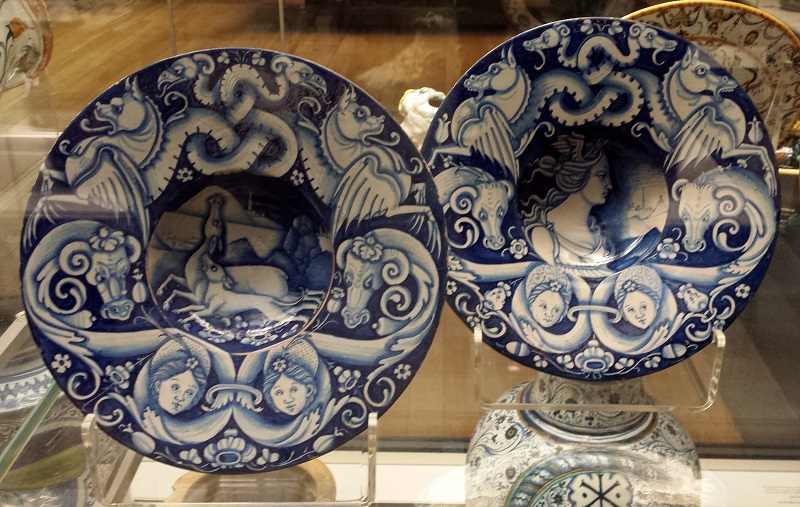


 Manuela and Tiziana, having a cup of coffee under a shady patio and chatting away about our latest discoveries in pottery.
Manuela and Tiziana, having a cup of coffee under a shady patio and chatting away about our latest discoveries in pottery.
 learn about their techniques, the local traditions and get to appreciate more and more the distinctive beauty of regional pottery: Caltagirone, Deruta, Mantova, Grottaglie… Local delicacies were definitely part of the experience, together with lots of fun.
learn about their techniques, the local traditions and get to appreciate more and more the distinctive beauty of regional pottery: Caltagirone, Deruta, Mantova, Grottaglie… Local delicacies were definitely part of the experience, together with lots of fun.
 handmade products deserved to be brought to the attention of the world.
handmade products deserved to be brought to the attention of the world. and experienced the transformation of steel and horn into beautiful kitchen knives. We decided on the spot to open our website to new crafts. After the knives of Scarperia, we picked the table linens of Pardi and, more recently, the pewter from Brescia.
and experienced the transformation of steel and horn into beautiful kitchen knives. We decided on the spot to open our website to new crafts. After the knives of Scarperia, we picked the table linens of Pardi and, more recently, the pewter from Brescia.
 relationship we have established with the artisans and each of our Customers. We manage every project, order or inquiry personally, providing detailed information on our products, advice on bespoke projects, plans, sketches and what not… We know this is the special bit about thatsArte.com, our Customers love it and we love it too, because it is exactly what we were hoping to achieve, ten years ago, when it all began…
relationship we have established with the artisans and each of our Customers. We manage every project, order or inquiry personally, providing detailed information on our products, advice on bespoke projects, plans, sketches and what not… We know this is the special bit about thatsArte.com, our Customers love it and we love it too, because it is exactly what we were hoping to achieve, ten years ago, when it all began…
 We’ll keep on designing wow backsplashes, answering your emails, talking our families into joining our scouting trips with the promise of great food and wine. There are so many amazing products out there, waiting for us to discover and bring them to your attention. Bear with us, then!
We’ll keep on designing wow backsplashes, answering your emails, talking our families into joining our scouting trips with the promise of great food and wine. There are so many amazing products out there, waiting for us to discover and bring them to your attention. Bear with us, then!